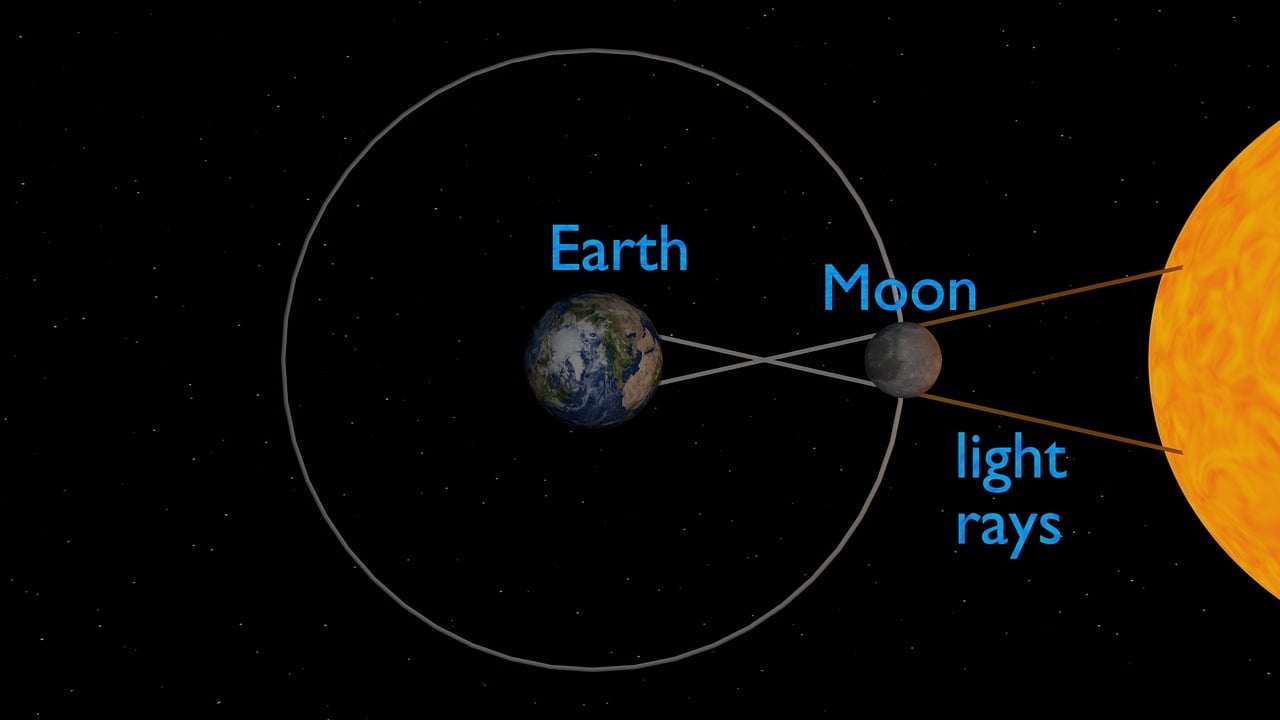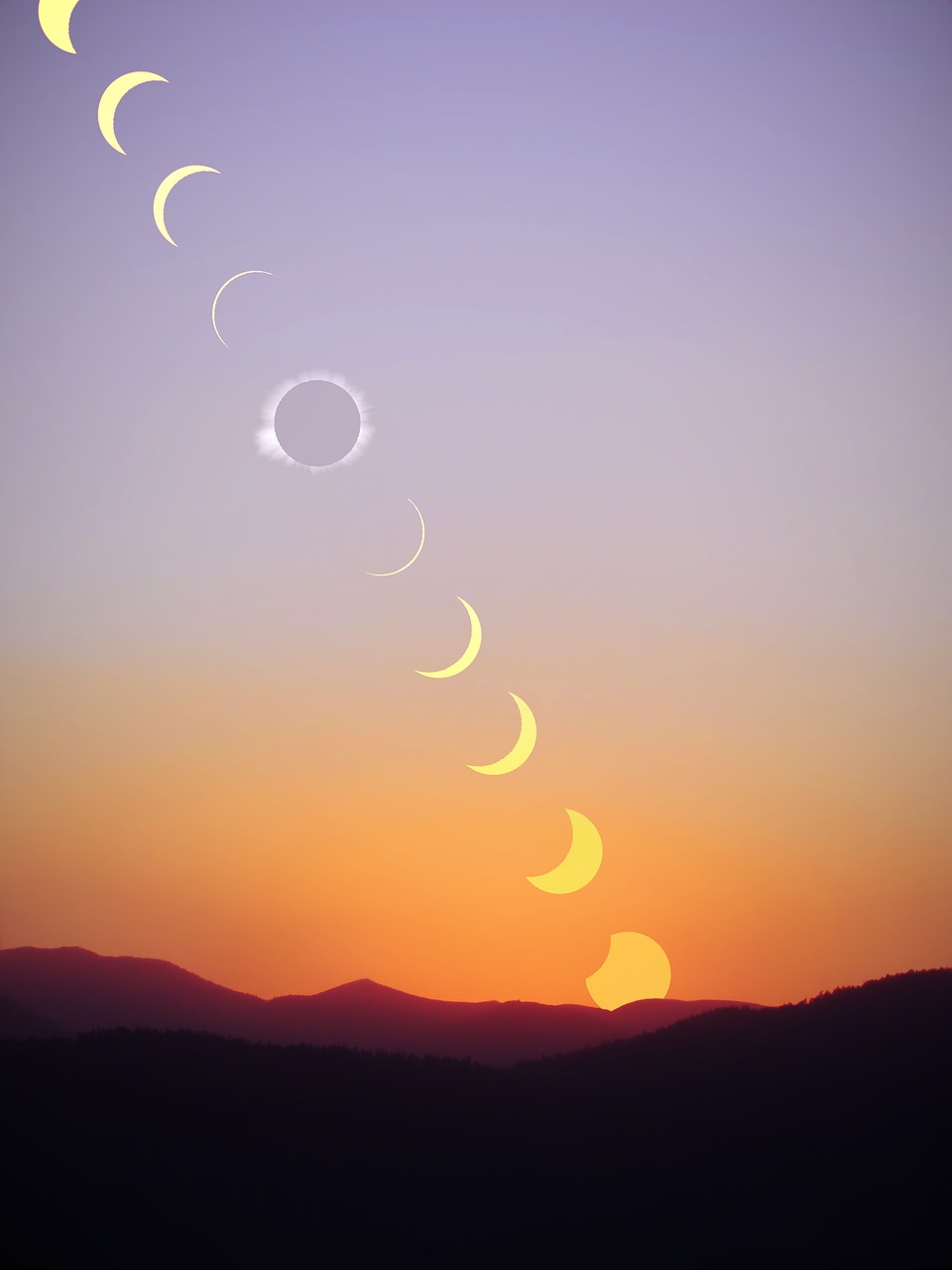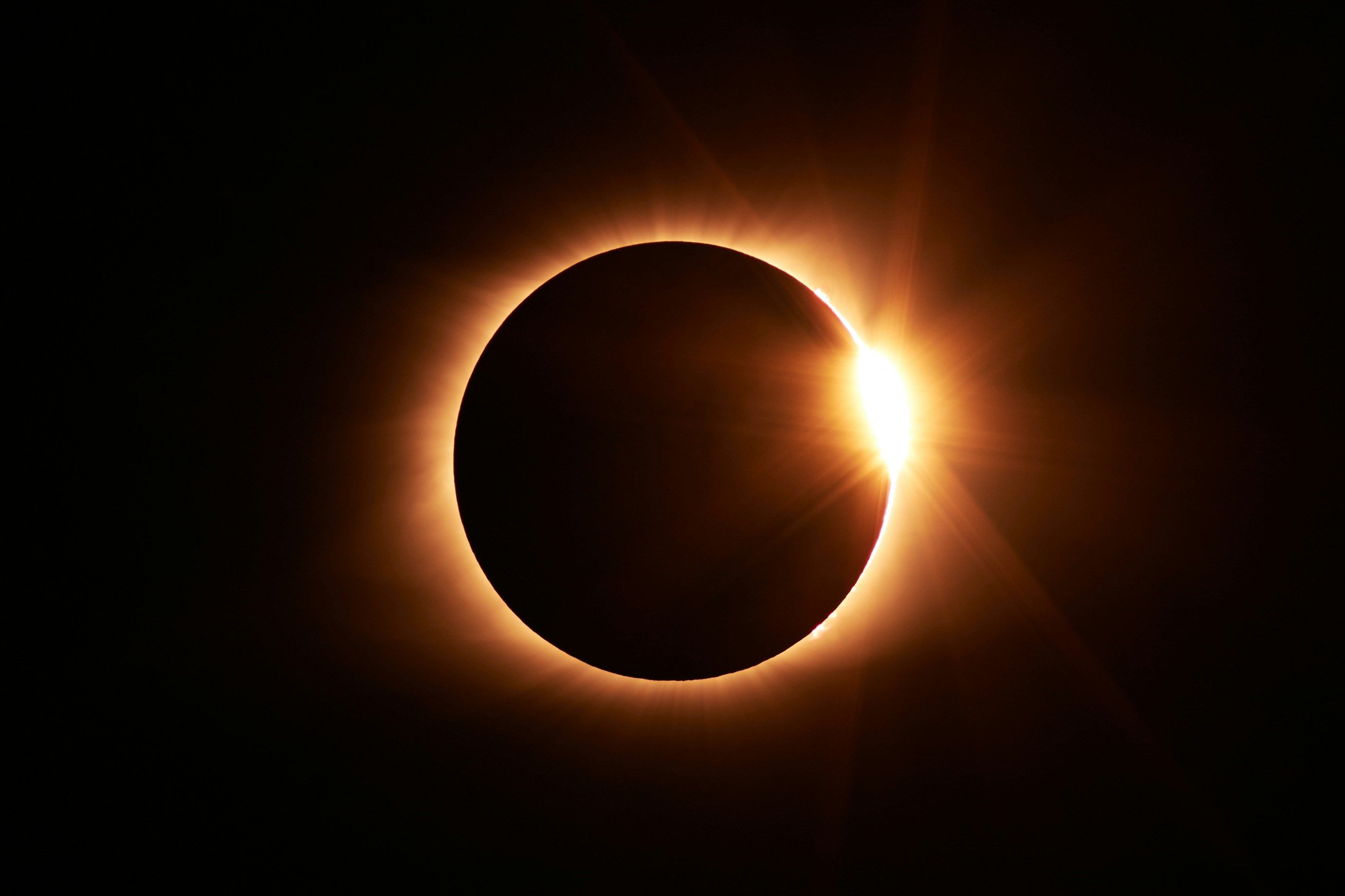On 8 April 2024, North America will experience a total solar eclipse. The last total solar eclipse witnessed by the continent occurred on 21 August 2017. Unfortunately, for many of us located in Southern Africa, we won’t be able to see this eclipse. The next total eclipse that we will experience will take place on 25 November 2030, however, we will witness a partial eclipse on 17 February 2026.
Photographers from all over the world are making their way to North America to witness this rare astrological event. If you’re one of them, allow us to help you prepare for this incredible astrological event.

The Stages of The Total Solar Eclipse
A total solar eclipse occurs in several stages as the Moon passes between the Earth and the Sun, obscuring the Sun’s light. These are the stages of the total eclipse that you can experie:
Partial Eclipse Begins: The eclipse begins as the Moon starts to move in front of the sun, partially blocking its light. Towards the end of the Partial Eclipse, just before totality, Baily’s Beads appear, which are little beads of light that appear on the Moon’s surface. The Diamond Ring effect also takes place just before totality, which is the last flash of light just before totality.
Totality Begins: Totality begins when the Moon completely covers the Sun, creating a brief period of darkness. During this stage, the Sun’s corona (the outer layers of the Sun’s atmosphere) becomes visible. This usually appears as a halo around the Moon.
Maximum Totality: This is the midpoint of totality when the Moon covers the sun entirely, and the maximum duration of darkness occurs.
Totality Ends: Totality ends as the Moon moves away from the Sun, and the Sun’s light begins to reappear along the edges of the Moon. This signals the end of the total solar eclipse.
Partial Eclipse Ends: The eclipse concludes as the Moon moves completely away from the Sun, ending the partial eclipse stage.
These stages typically occur over several hours, with totality lasting only a few minutes.

How To Photograph A Solar Eclipse
Safety First
During a solar eclipse, it’s crucial to prioritise safety. Never look directly at the Sun without proper eye protection. Staring at the Sun can cause severe eye damage, including permanent blindness. Always use certified solar viewing glasses or solar filters for your camera and lenses. These specialised filters block harmful solar radiation, allowing you to view and photograph the eclipse safely. By safeguarding your eyes and camera equipment, you can fully enjoy the spectacle of the eclipse without risking harm.
Plan Your Location
To capture stunning eclipse photos, choose your location wisely. Scout for a spot with a clear view of the sky, away from obstructions such as tall buildings and trees. Light pollution from cities can detract from the clarity of the eclipse, so aim for areas with minimal artificial light. Additionally, consider the terrain and elevation to find a vantage point that offers an unobstructed view of the horizon. Planning your location in advance ensures the best possible conditions for observing and photographing the eclipse.
Research the Timing
Knowledge of the eclipse’s timing and duration is essential for a successful shoot. Research the specific times when the eclipse will occur in your location using reliable sources or specialised apps. Pay attention to the phases of the eclipse, including partiality and totality, to anticipate key moments for capturing photos. Arrive at your chosen location well in advance to set up your equipment and prepare for the event. By staying informed and prepared, you can maximise your opportunities to capture memorable eclipse images.
Use a Sturdy Tripod
Stability is paramount when photographing a solar eclipse, especially during longer exposures. Invest in a sturdy tripod to keep your camera steady and minimise blur in your images. Choose a tripod that can support the weight of your camera and lens setup. Position the tripod on stable ground and adjust the height and angle to frame your shots effectively. A stable tripod enables you to capture crisp, clear images of the eclipse with minimal motion blur.
Choose the Right Gear
Selecting the appropriate camera gear is key to capturing high-quality eclipse photos. Switch your camera to manual mode for greater control over exposure and focus. Use a telephoto lens with a focal length of at least 200mm to capture detailed shots of the Sun and its corona during totality. Consider additional accessories such as solar lens filters and lens hoods to minimise lens flare and enhance image quality. Without a solar lens, you risk permanently damaging your camera’s sensor.
Practice Exposure Settings
Experimenting with exposure settings before the eclipse day is essential for achieving optimal results. Finding the right balance between ISO, aperture, and shutter speed is crucial for capturing clear and well-exposed images. Start by setting your camera to ISO 100 to minimise noise and ensure sharpness. For the aperture, a range between f/5.6 to f/8 is recommended.
Bracket Your Shots
Bracketing your shots allows you to capture a series of exposures at different settings to ensure you capture the best possible image. Especially during the various phases of the eclipse, where lighting conditions can change rapidly, bracketing helps you cover a range of exposures to ensure you have the right balance of highlights, shadows, and mid-tones in your final images. This technique can help you capture the full dynamic range of the scene, from the bright corona during totality to the dimly lit landscape during the partial phases.
Use a Remote Shutter Release
Minimising camera shake is essential for capturing sharp images, particularly during longer exposures. Using a remote shutter release or the camera’s self-timer function allows you to trigger the shutter without physically touching the camera, reducing the risk of introducing vibrations that could blur your photos. This ensures that your images remain sharp and free from motion blur, even when using longer exposure times to capture the eclipse.
Capture the Environment
While the solar eclipse itself is a breathtaking phenomenon, incorporating interesting foreground elements can add depth and context to your photos. Look for unique landscapes, landmarks, or silhouettes that can complement the eclipse and create visually striking compositions. By including these elements in your images, you can provide viewers with a sense of scale and perspective, enhancing the overall impact of your eclipse photos.
Stay Flexible
Weather conditions can be unpredictable, and even the best-laid plans may need to be adjusted on the day of the eclipse. Stay informed about the weather forecast for your location and be prepared to adapt your shooting strategy accordingly. Have a backup plan in place and be ready to move to a different location if necessary to ensure the best possible view and conditions for shooting. Remember to stay flexible and open-minded, as unexpected changes in weather or lighting can sometimes lead to unique and memorable photographic opportunities.
Enjoy the Experience
While capturing stunning eclipse photos is undoubtedly exciting, it’s important to take breaks and savor the experience with your own eyes. Don’t get too caught up in capturing the perfect shot that you forget to appreciate the beauty and wonder of the eclipse unfolding before you. Take moments to pause, look up, and immerse yourself in the celestial spectacle.








